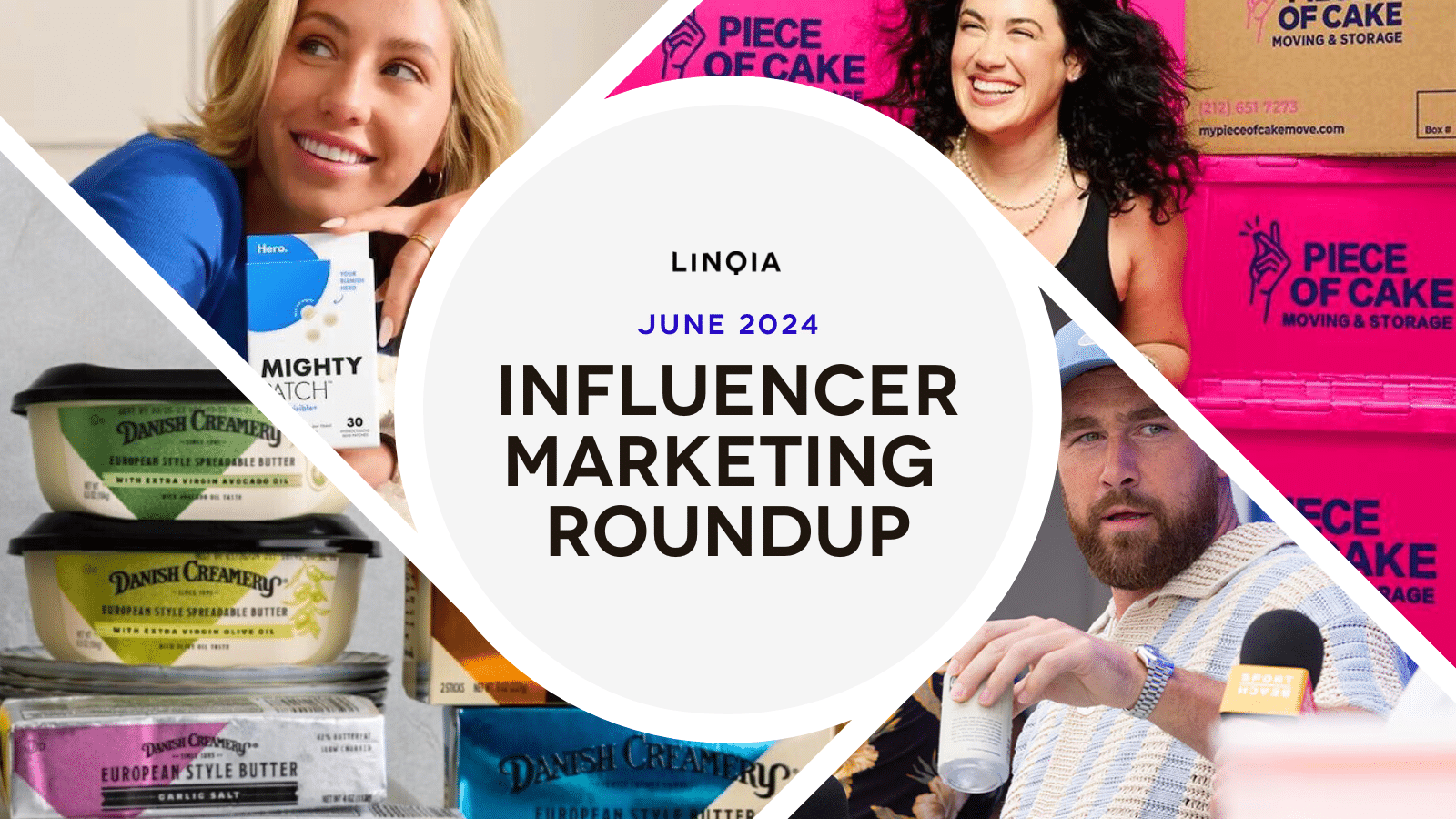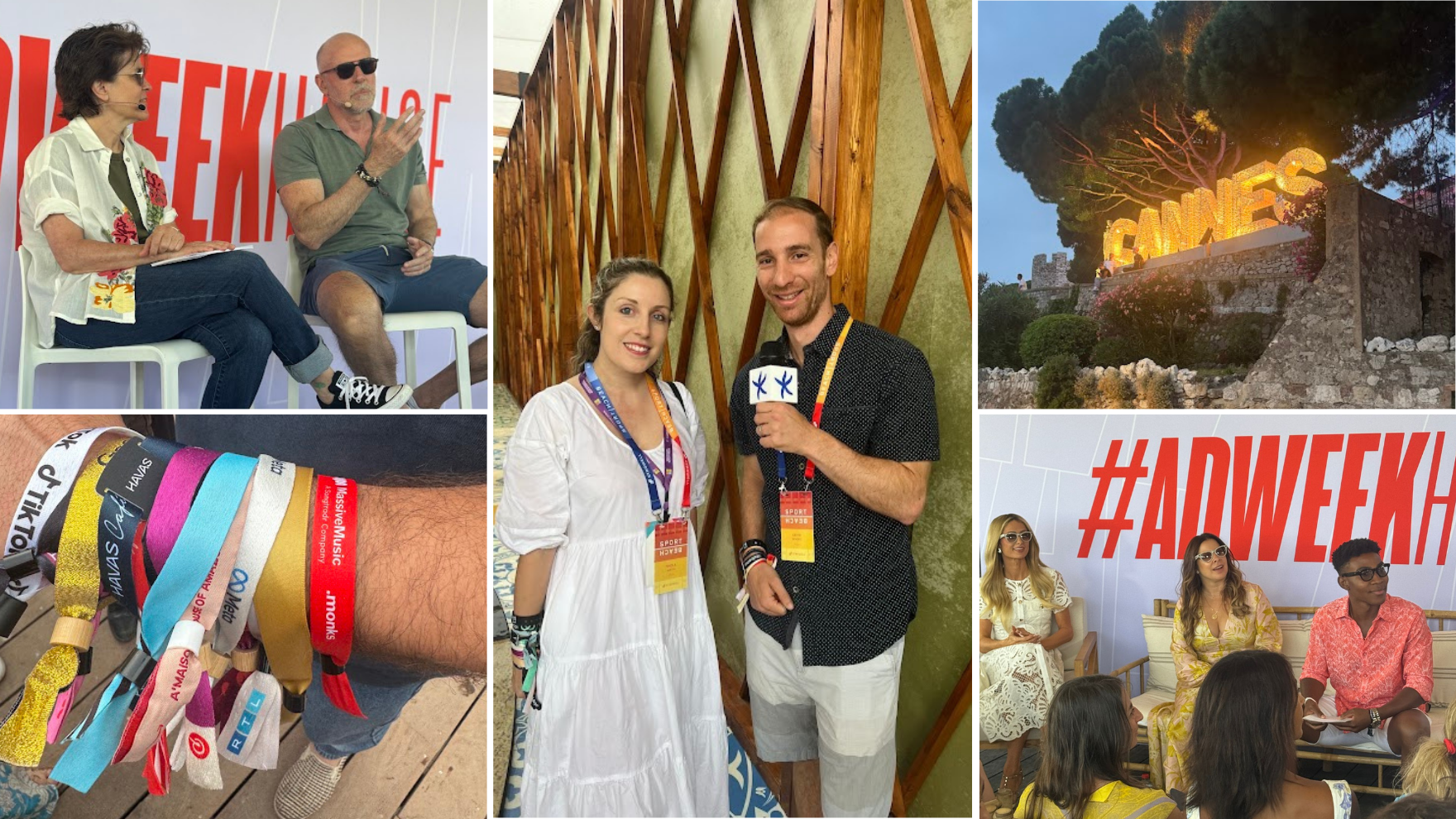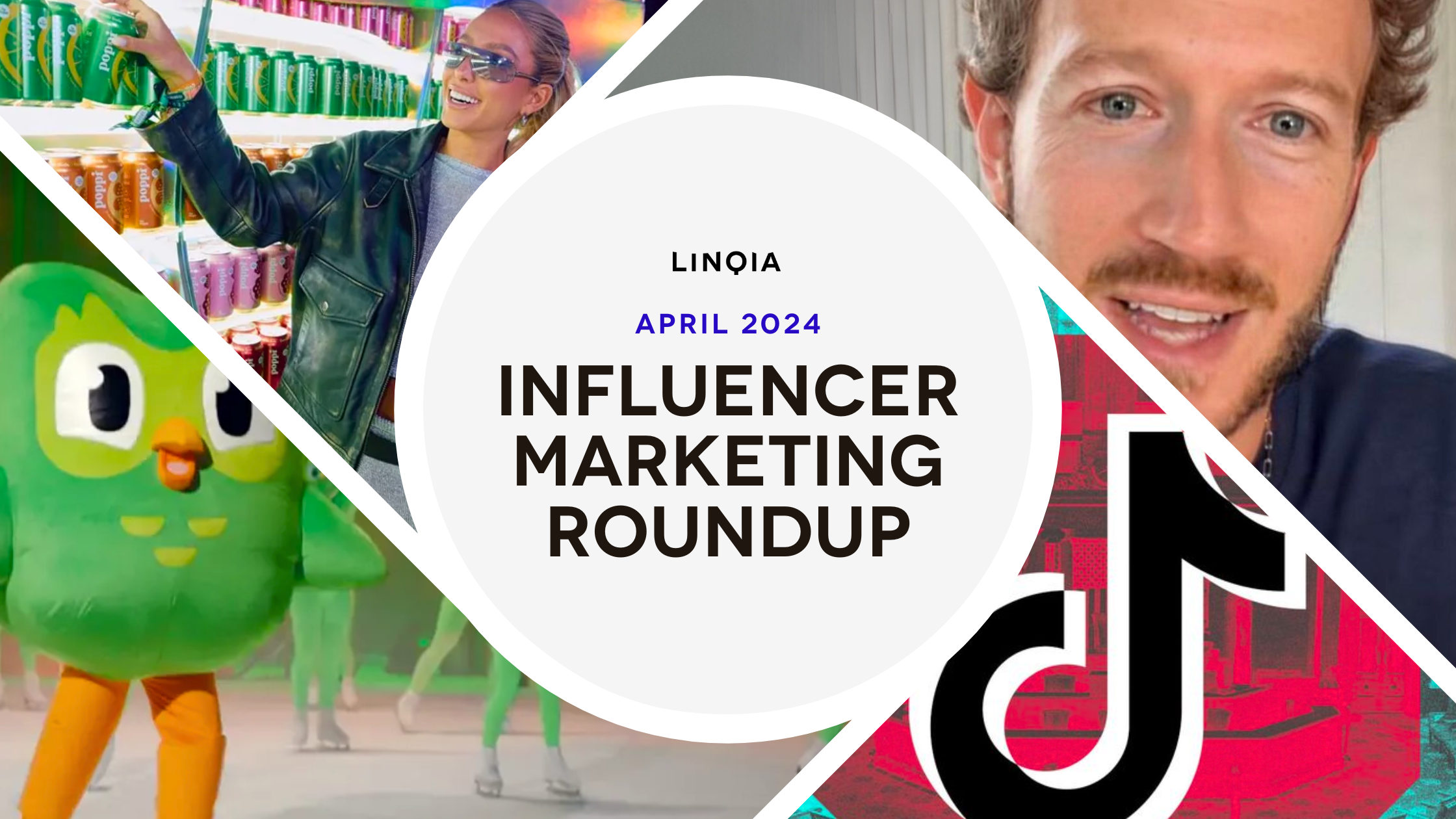This post was originally published in Social Media Today.
In 2016, 86% of marketers used influencer marketing in some capacity, 94% of whom found it effective, according to a recent Linqia survey of 170 marketers. As a result, marketers are doubling down on their influencer marketing efforts in 2017, increasing their budgets to include the tactic as a strategic piece of their overall marketing mix.
Influencer marketing exploded in 2016, but it will be all-encompassing in 2017. Are you prepared?
Whether you’re running your first or hundredth influencer marketing program in 2017, here are five trends that you can expect to see this year:
1. Budgets Will Increase
Marketers are spending more on influencer marketing. Nearly 50% plan on increasing their influencer marketing budgets in 2017 compared to only 4% who plan to decrease it. In 2016, most marketers spent between $25,000 – $50,000 per influencer marketing program, which they reported will double to $50,000 -$100,000 per program in 2017.
2. Programs Will Be Held Accountable for Driving Results
The majority of marketers (78%) say that determining ROI of influencer marketing will be their top challenge in 2017, yet 61% still measure the success of their programs through audience reach, which can be easily falsified through buying “fake followers.” Smart marketers, however, are starting to hold their programs accountable for driving real results by looking at the full consumer journey, examining how consumers move through the entire path to purchase by tracking against middle and bottom-of-the-funnel actions like conversions, sign-ups, and purchases.
In line with this trend of increased accountability, performance-based influencer marketing pricing models will continue to gain traction in 2017. In 2016, 50% of marketers reported that cost-per-click (CPC) and cost-per-engagement (CPE) pricing models are the most effective at driving results, compared to only 17% who believe pay-per-post, or “flat rate” pricing, is effective despite it being the most widespread form of influencer compensation.
3. Brands Will Experience a Shift in Trust
Influencer marketing is effective because of the original, authentic stories that influencers tell about a brand’s product or service. Stringent content approval requirements have the potential to lessen the effectiveness of these stories as it strips the content of the authenticity and voice that made the influencer popular in the first place. In 2017, brands will experience a shift in trust, loosening the reigns for approval and increasing confidence in the influencers to highlight the product or service in their own ways while still fulfilling brand guidelines.
For brands that are not in highly regulated industries, it’s important to catalyze an influencer’s idea rather than control it. Program briefs should rely less on the inclusion of verbatim descriptions and more on the influencers’ ability to get creative with the content. In the end, a variety of content and messaging strengthens the brand’s opportunity to repurpose the best performing content across owned, earned, and paid channels.
4. The Window of Attribution Will Open Up
As influencer marketing programs become more accountable, brands will take a bird’s-eye view of how influencer marketing can nurture prospects into customers and drive deeper loyalty over time.
It’s uncommon for consumers to make a purchase or sign up for something during the first introduction to a product or service – the purchase path typically begins with awareness then continues on a journey through discovery, research, and validation before becoming a conversion or sale.
As a result, 2017 will see brands shift their expectations from instant ROI to one that is considered over a longer period. Because an immediate sell from a single influencer campaign is unlikely, more brands will invest into pilot and multi-flight programs rather than running individual, one-off initiatives.
5. Story Narratives Will Unfold
Influencers are experts at telling stories. They draw in, and maintain, highly engaged audiences because of their ability to capture their interest and keep them coming back for more. Influencer marketing is at its best when the program enables the narrative of the story to unfold, allowing for higher engagement and stronger brand association, which translates to more mid- and bottom-of-the-funnel actions.
In 2017, more brands will use proven technologies to identify which influencer-generated content resonates most with consumers. The ability to pinpoint the best-performing content empowers brands to target lookalike audiences with a story narrative that’s proven to drive continued action over time.
As influencer marketing matures from an experimental channel to a strategic part of the marketing mix in 2017, program budgets will continue to increase and marketers will continue to demand accountability from that spend. As a result, we’ll see an influx in performance-based pricing models, more trust in influencer content, and a strategic shift to long-term attribution windows and story narratives. These shifts align with the natural evolution of any emerging channel as it continues to prove its success.




